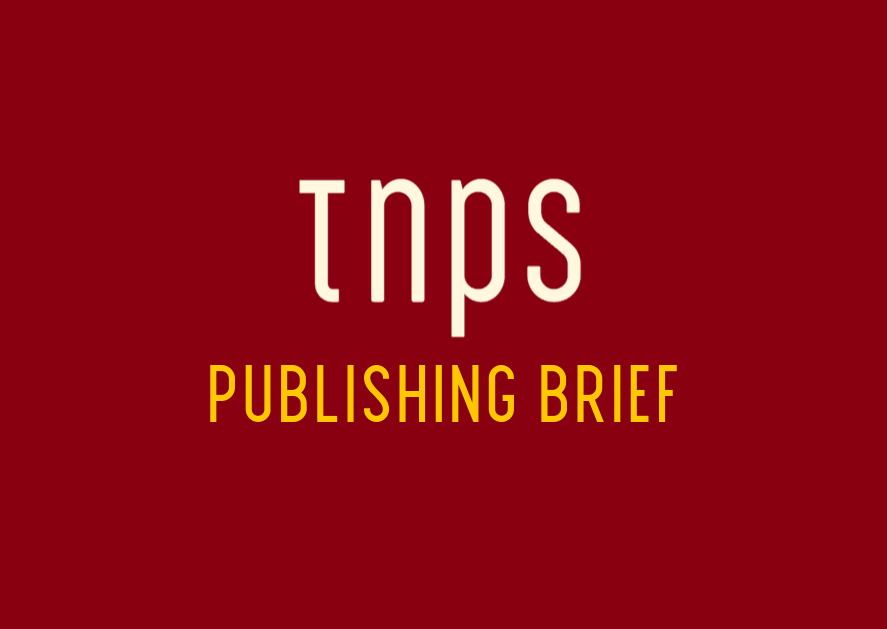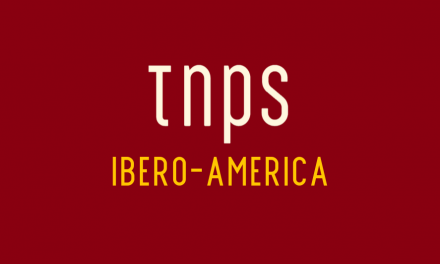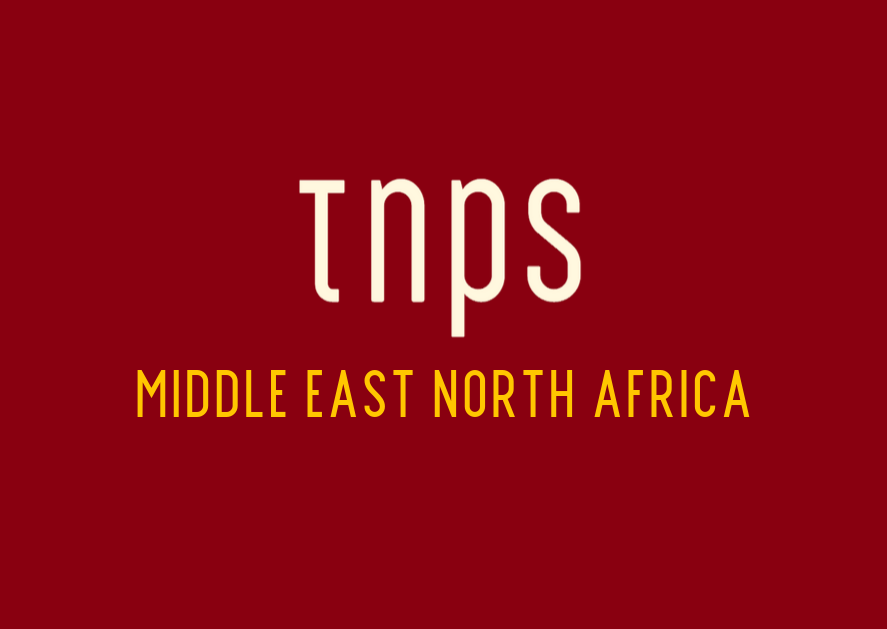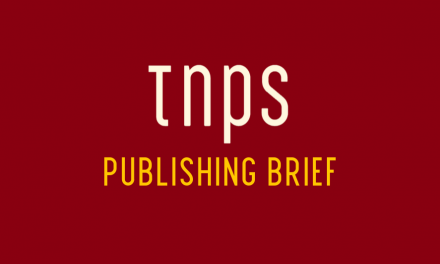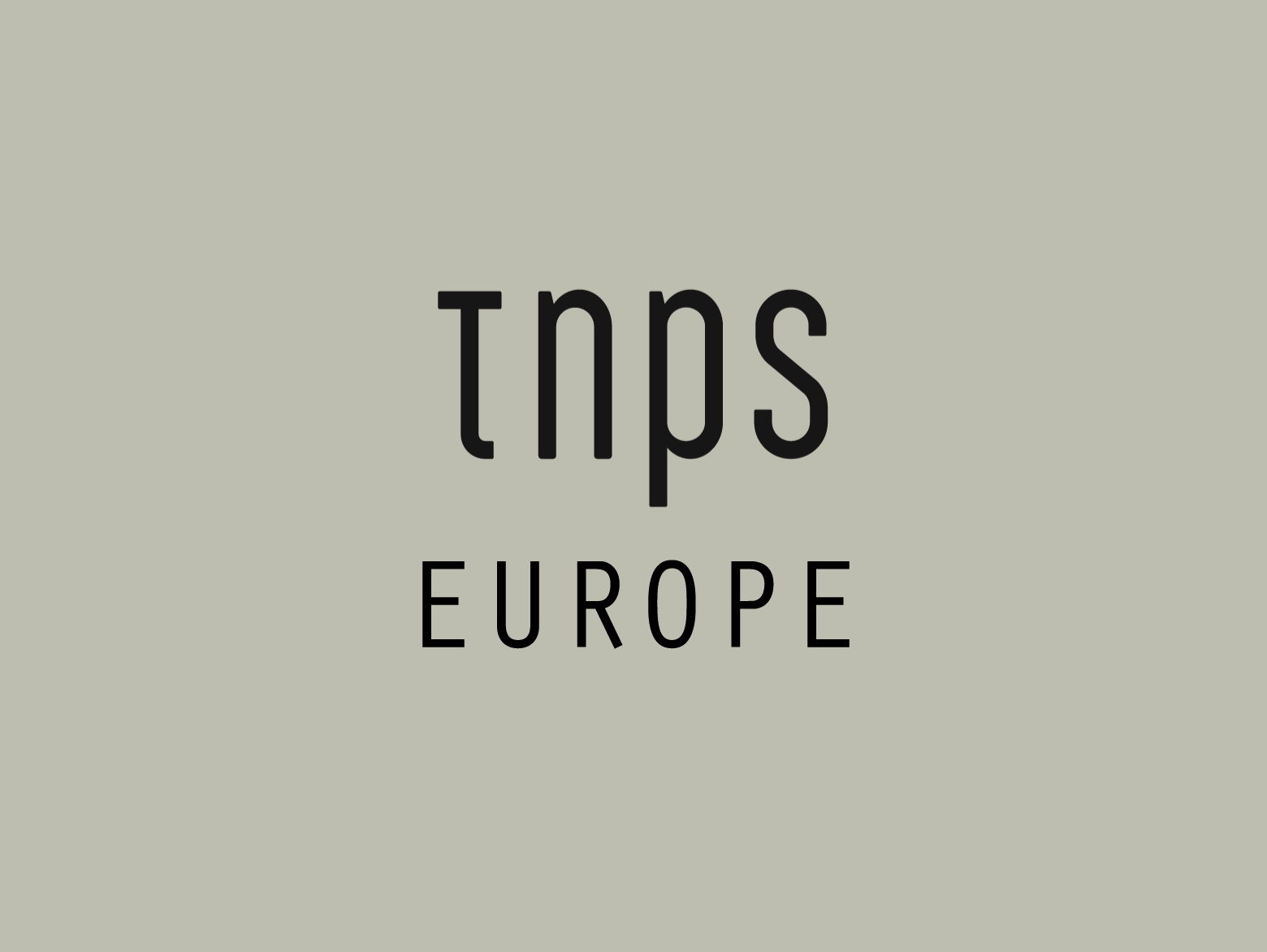While not free of the Covid-19 virus, Italy has gone from one of the hardest hit countries to one that is making good progress, and with the easing of lockdown Italian publishers turn their thoughts one again to the international markets, including those of MENA, where Italian publishing house Giunti Editore has long had an interest.
Sada el-Balad English (See) interviewed Giunti’s International Sales Officer Leeann Bortolussi, who in a revealing interview shone a light on the many differences between the western and Arab book markets.
Giunti, which started to open its offices in Milan and Florence on June 29, has been dabbling in the Arab markets for some years with Italian-Arabic translations, but, reported Bortolussi, with little progress made because of quality issues.
The correct translation needs to take into account the difference in traditions and terminology as well as the meaning and synonyms, which may differ from one dialect to another in the same language.
No surprises there, and we can safely say the same applies to any translations from and into any language.
But where Bortolussi’s interview was more instructive was in her insights into the differences between the way western and Arab publishers work, and the differences between western and Arab book fairs.
Talking about the Cairo International Book Fair, which Bortolussi attended in person, she said:
It surprised me that publishers interacted directly with the public. In the US or Europe, publishers follow-up sales only by reports. It is impossible to find the parent company dealing with the reader face to face.
I found in Egypt that the owners of publishing houses watch the sales movement, receiving opinions of the public themselves. That intimacy and direct interaction connect the audience with the publishing house.
The difference between (western) book fairs and that of Cairo is the big crowd and the family atmosphere. The Cairo Book Fair opens its doors for a diverse audience. It is also considered as a picnic, in which children get an early association with books and culture.
Much western publishers can learn from here, not just in understanding the dynamic of the Arab markets but also in the shortcomings of their own relationship with readers in their respective domestic markets.
As regulars to TNPS and the Publish MENA newsletter will know, Arab book fair differ in scale at a level it’s hard for western publishers, cushioned by a well-developed bricks & mortar sales infrastructure, to comprehend.
Even the smaller international Arab book fairs routinely draw crowds of a half million or more. Morocco’s Casablanca International Book Fair for example.
Even the Erbil Book Far in Iraqi Kurdistan pulled in 400,000 visitors last year –
and Saudi Arabia’s Jeddah Book Fair attracted 425,000 in 2019.
Meanwhile Baghdad (Iraq), Muscat (Oman)
and Riyadh (Saudi Arabia)
all pulled in over one million visitors each, in 2019, as did Algiers (Algeria) where ne million was considered a major disappointment. Usually Algiers attracts over 2 million visitors, along with Sharjah (UAE).
But none of those come close to Cairo. This year’s event was one of the few before the pandemic put book fairs globally on hold, and 3.5 million booklovers turned out for the 2020 Cairo International Book Fair.

